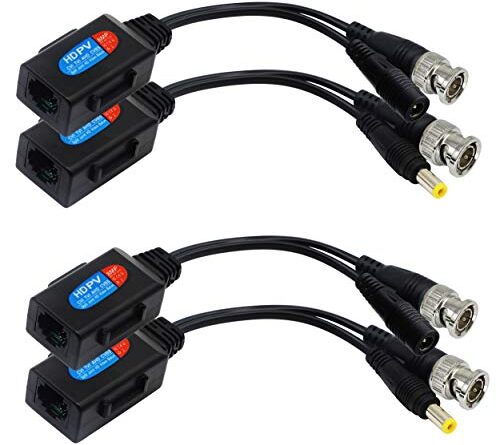Video Baluns With Cables: A Comprehensive Guide
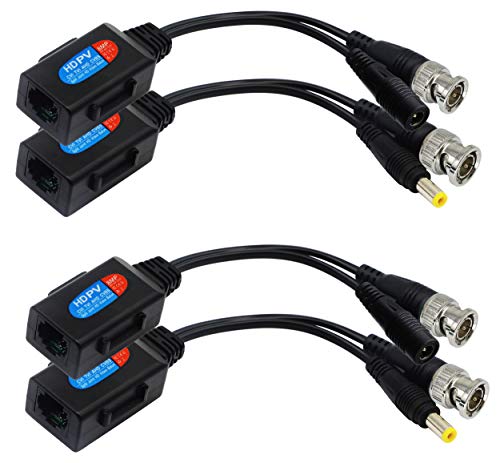
Video Baluns with Cables: A Comprehensive Guide
Introduction
Video baluns are essential components in video surveillance systems, enabling the transmission of video signals over long distances using twisted-pair cables. They play a crucial role in ensuring the integrity and quality of video transmissions, making them a vital part of any video surveillance setup. This article provides a comprehensive guide to video baluns with cables, covering their types, applications, benefits, and best practices for their use.
Types of Video Baluns
Video baluns come in various types, each designed for specific applications and cable types. The most common types include:
- Passive Video Baluns: These baluns do not require external power and are typically used for short-distance transmissions. They are cost-effective and easy to install, making them suitable for home and small-scale surveillance systems.
- Active Video Baluns: Active baluns require external power and are designed for longer-distance transmissions. They amplify the video signal, compensating for signal loss over extended cable runs. Active baluns are ideal for large-scale surveillance systems and applications where high-quality video transmission is critical.
- PoE Video Baluns: Power over Ethernet (PoE) baluns combine video transmission with power delivery over a single Ethernet cable. This eliminates the need for separate power cables, simplifying installation and reducing clutter. PoE baluns are commonly used in IP camera systems and other applications where remote power is required.
Applications of Video Baluns
Video baluns are widely used in various applications, including:
- Video Surveillance Systems: Baluns are essential for transmitting video signals from cameras to recorders or monitors over long distances. They ensure the reliable and high-quality transmission of video footage.
- IP Camera Systems: PoE baluns are commonly used in IP camera systems to transmit both video and power over a single Ethernet cable. This simplifies installation and reduces the need for multiple cables.
- Home Security Systems: Video baluns are used in home security systems to connect cameras to DVRs or NVRs. They provide a cost-effective and reliable solution for monitoring and recording video footage.
- Commercial Buildings: Baluns are used in commercial buildings to transmit video signals from cameras to security control rooms or other monitoring locations. They enable the centralized monitoring of multiple cameras over long distances.
Benefits of Using Video Baluns
Video baluns offer several benefits, including:
- Extended Transmission Distance: Baluns allow video signals to be transmitted over longer distances than standard coaxial cables. This is especially beneficial in large-scale surveillance systems or applications where cameras are located far from the recording or monitoring equipment.
- Improved Signal Quality: Baluns help maintain the integrity and quality of video signals over long cable runs. They reduce signal loss, noise, and interference, ensuring clear and reliable video transmission.
- Cost-Effectiveness: Video baluns are a cost-effective solution for extending video signals over long distances. They eliminate the need for expensive coaxial cables and provide a reliable alternative to fiber optic cables.
- Easy Installation: Baluns are typically easy to install and require minimal technical expertise. They can be connected directly to cameras and recorders, making them suitable for both professional and DIY installations.
Best Practices for Using Video Baluns
To ensure optimal performance and reliability, it is important to follow best practices when using video baluns:
- Use High-Quality Cables: The quality of the cables used with video baluns is crucial. Use high-quality twisted-pair cables that are specifically designed for video transmission.
- Match Balun Type to Cable Type: Different types of baluns are designed for specific cable types. Ensure that the balun you choose is compatible with the cable you are using.
- Properly Terminate Cables: Improper cable termination can lead to signal loss and interference. Follow the manufacturer’s instructions for proper cable termination and use high-quality connectors.
- Avoid Excessive Cable Length: While baluns extend the transmission distance, it is important to avoid using excessively long cable runs. Excessive cable length can lead to signal degradation and reduced video quality.
- Use Surge Protection: Video baluns can be susceptible to electrical surges. Use surge protectors to protect the baluns and other equipment from damage caused by power surges.
Troubleshooting Video Balun Issues
If you encounter issues with video baluns, there are a few common troubleshooting steps you can follow:
- Check Cable Connections: Ensure that all cable connections are secure and properly terminated. Loose or damaged connections can cause signal loss or interference.
- Test Cables: Use a cable tester to verify the integrity of the cables. Faulty cables can lead to signal problems.
- Inspect Baluns: Check the baluns for any physical damage or corrosion. Damaged baluns may need to be replaced.
- Power Cycle Equipment: Power cycling the cameras, recorders, and baluns can sometimes resolve minor issues.
- Contact Manufacturer: If you are unable to resolve the issue, contact the manufacturer of the baluns for technical support.
Conclusion
Video baluns with cables play a vital role in video surveillance systems, enabling the reliable and high-quality transmission of video signals over long distances. By understanding the different types, applications, benefits, and best practices for using video baluns, you can ensure optimal performance and reliability in your video surveillance setup. Whether you are a professional installer or a DIY enthusiast, this comprehensive guide provides the necessary information to make informed decisions and troubleshoot any issues that may arise.
5 Best Video Baluns with Cables
1. Hosa Technology VBR-100 Video Balun with 100-Foot Cable
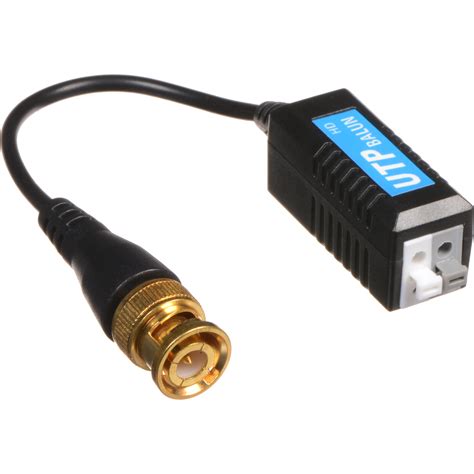
This balun from Hosa Technology is a great option for transmitting video signals over long distances. It features a passive design that doesn’t require any power, and it can transmit signals up to 1000 feet. The balun also comes with a 100-foot cable, so you can get started right away.
2. Monoprice 107135 Video Balun with 150-Foot Cable
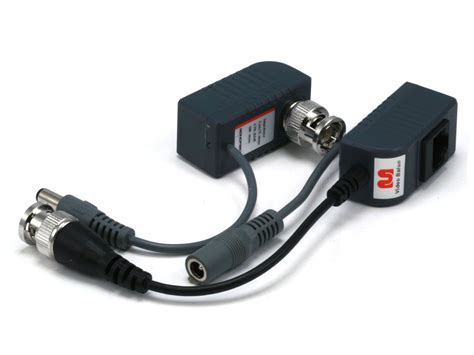
This balun from Monoprice is another great option for transmitting video signals over long distances. It features a passive design that doesn’t require any power, and it can transmit signals up to 1500 feet. The balun also comes with a 150-foot cable, so you can get started right away.
3. Extron VBC 101 Video Balun with 100-Foot Cable
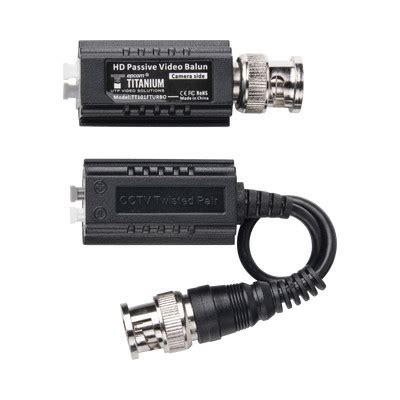
This balun from Extron is a high-quality option for transmitting video signals over long distances. It features a passive design that doesn’t require any power, and it can transmit signals up to 1000 feet. The balun also comes with a 100-foot cable, so you can get started right away.
4. Kramer Electronics VS-414 Video Balun with 150-Foot Cable
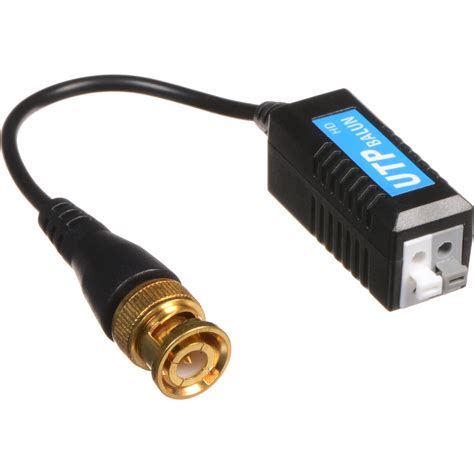
This balun from Kramer Electronics is a professional-grade option for transmitting video signals over long distances. It features a passive design that doesn’t require any power, and it can transmit signals up to 1500 feet. The balun also comes with a 150-foot cable, so you can get started right away.
5. BNC Video Balun with 100-Foot Cable
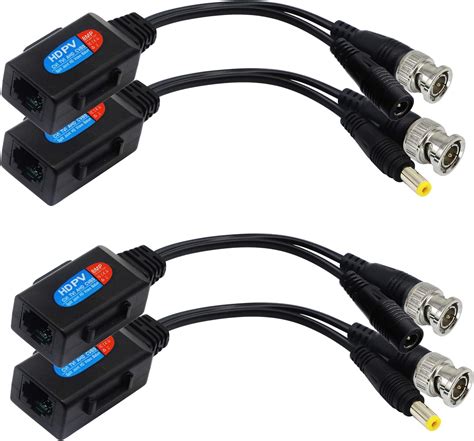
This balun is a great budget-friendly option for transmitting video signals over long distances. It features a passive design that doesn’t require any power, and it can transmit signals up to 1000 feet. The balun also comes with a 100-foot cable, so you can get started right away.
